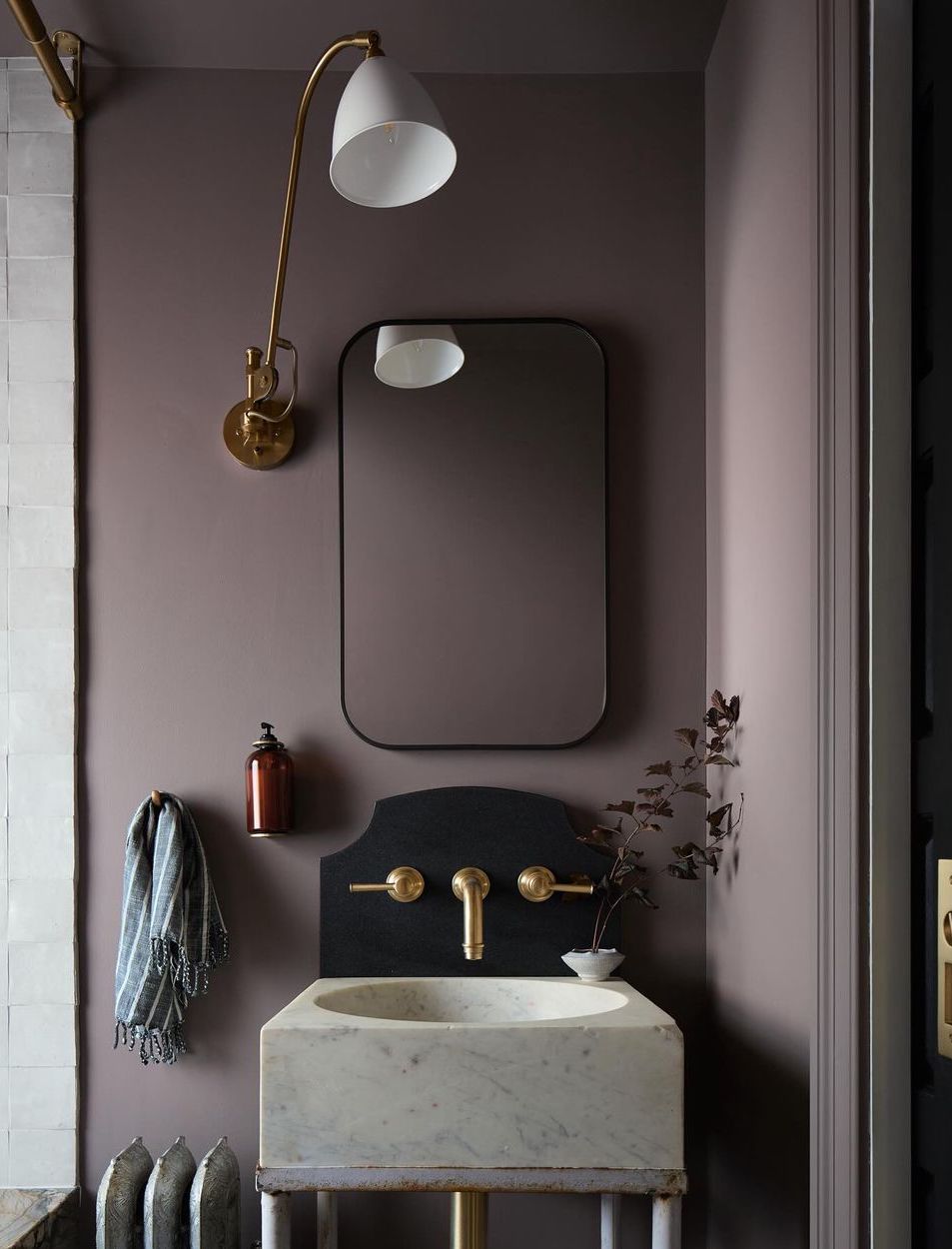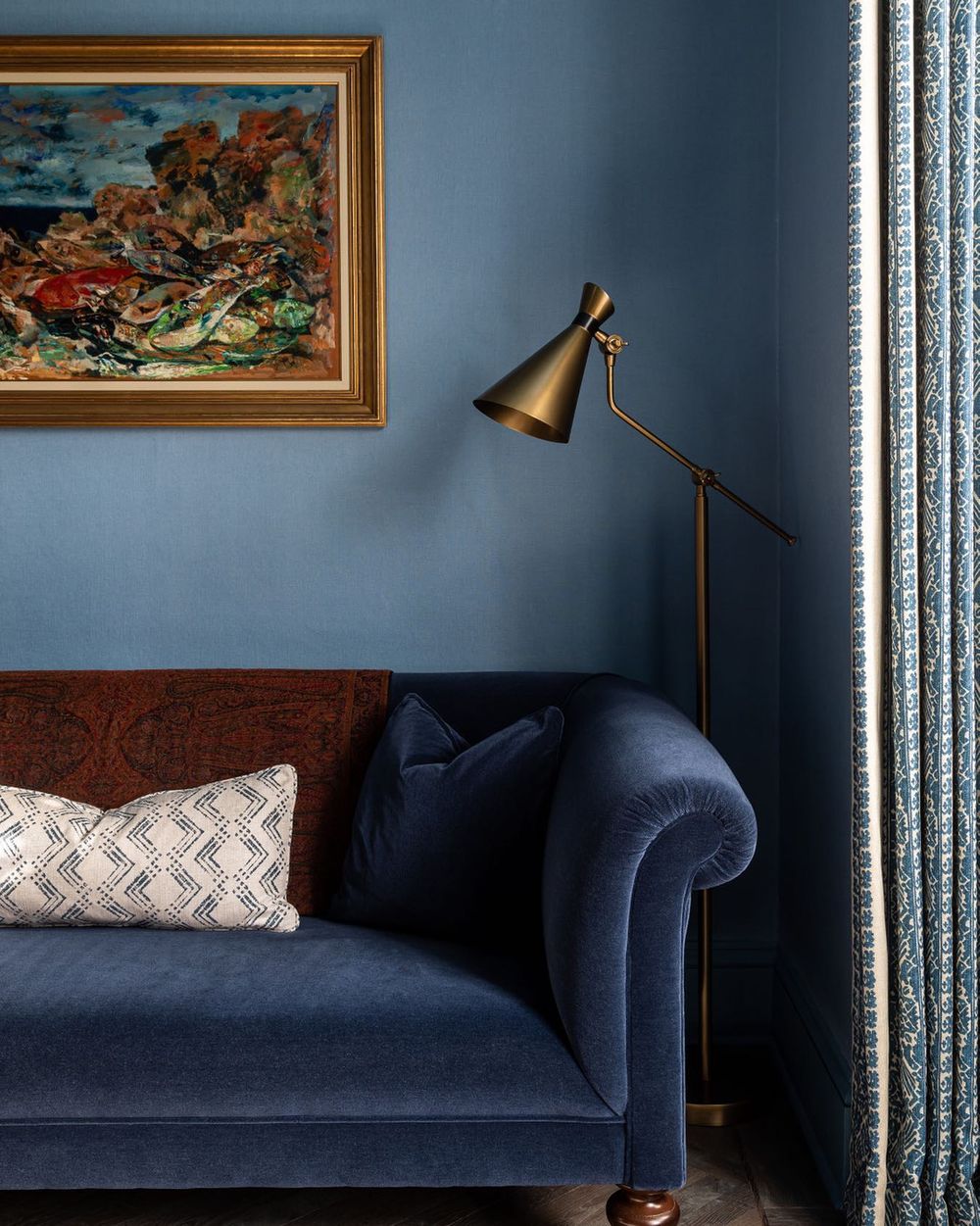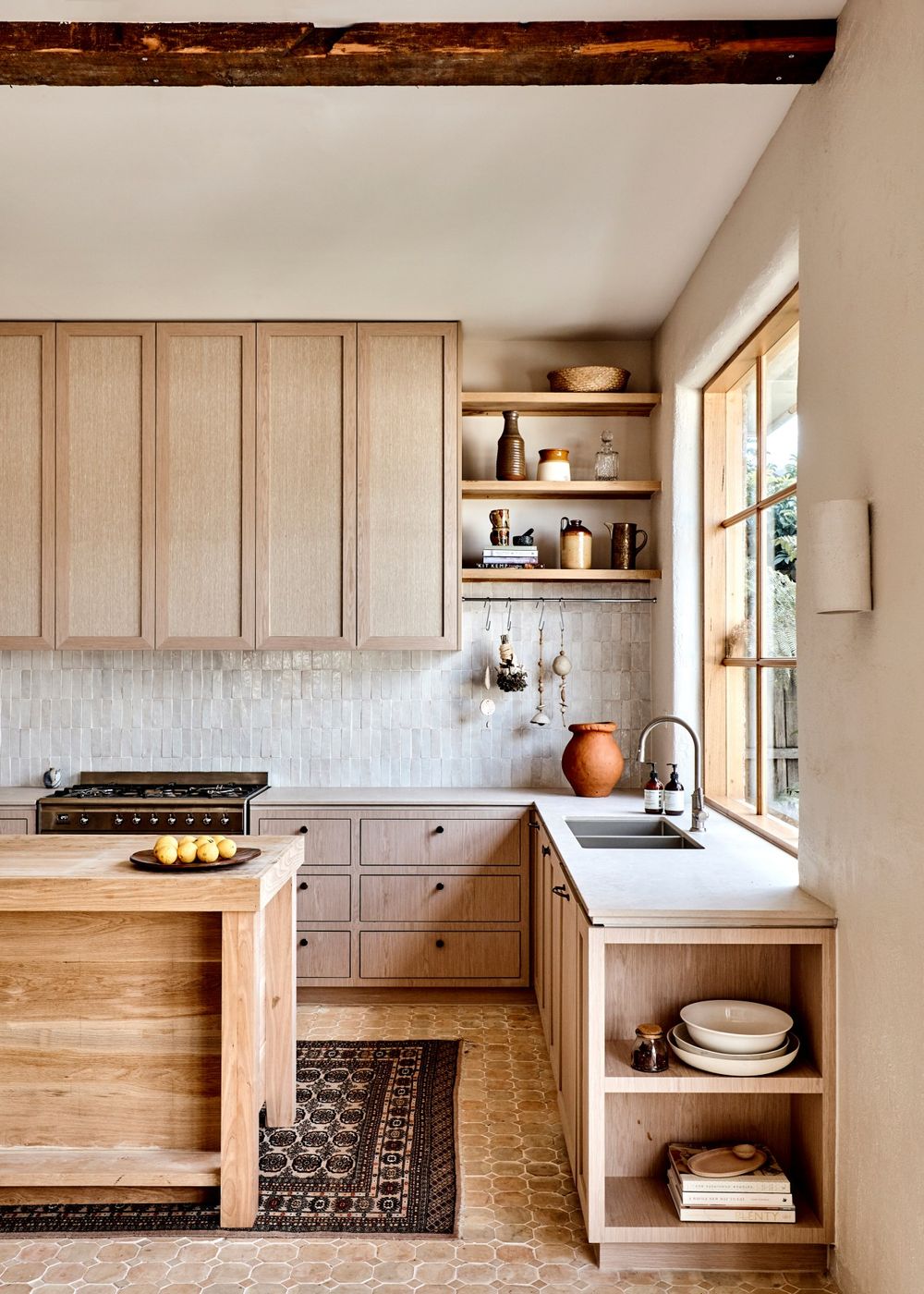Purple can be a nice accent color for interior design, but using it too prominently or for large surfaces may be overpowering. Adding purple through accessories like throw pillows, rugs, curtains etc. allows you to incorporate pops of color without overdoing it. Purple blends nicely with complementary colors on the color wheel and makes for a vibrant look.
Here are some designer-approved tips for decorating with purple in your home!
Popular Shades of Purple in Interior Design
Many beautiful shades of purple can be used in interior design. Here are some of the most popular options:
Lavender
A light, soft pastel purple that has a calming, relaxing vibe. Lavender walls create an airy, serene atmosphere.

Lilac
Similar to lavender but with more pink/blue undertones. Lilac has a romantic, feminine feel.

Mauve
A muted, grayish-purple that is quite sophisticated and mellow. Mauve accents add depth.

Plum
A rich, deep shade of reddish-purple that is warm and luxurious. Plum velvet upholstery looks very elegant.

Eggplant
A dark, vibrant purple that is almost black. Eggplant adds drama as an accent wall.

Violet
A true, vivid purple tone with blue undertones. Violet brings a sense of creativity.

More Shades
Beyond these popular shades, you can try grape, a bright, reddish-purple that has energy and vibrancy. Grape accessories pop against neutral backdrops.
Orchid is an intense, pinkish-purple that feels modern and fashionable. Orchid works well for artwork. Wisteria gives a soft, purplish shade right between blue and purple. Wisteria has a dreamy, romantic quality.
Using a range of lighter and darker, warm and cool purples allows you to create dynamic, multi-layered purple color schemes.
Purple Interior Color Schemes
Here are some appealing color schemes that incorporate different shades of purple:
Purple and Gray
- Pair a muted lavender or lilac with cool grays for a chic, contemporary look
- Accent with splashes of plum or eggplant for depth
- Add metallics like silver or pewter

Purple and Mustard Yellow
- Combine deep shades like eggplant or grape with spicy mustard tones
- Creates a bold, vibrant contrast
- Ground with lots of warm wood tones
Lilac and Sage Green
- Pale lilac has an earthy quality with grayish-green sage
- Add white accents to keep it fresh
- Use varied textures like velvet and linen
Plum and Blush Pink
- Dramatic but romantic pairing
- The rosy blush tones down the intensity of plum
- Accent with antique brass or copper
Violet and Sunshine Yellow
- Fresh, modern combination of cool violet and cheery yellow
- Use white as the primary neutral
- Incorporate geometric patterns
Wisteria and Pale Blue
- Soft, airy palette of pastel purples and blues
- Layered with bright white trim and accents
- Works well in bedrooms or bathrooms
No matter which purple hues you choose, be sure to balance them with plenty of warm or cool neutrals like tans, grays or whites to ground the space. Textures and metallics add further visual interest.
Remember, too much deep, saturated purple can make a room feel dark, heavy and overwhelming. So in moderation, as an accent or complemented by other hues, purple can add luxury and sophistication to interior design. But it requires balancing so the room doesn’t end up feeling gloomy or overdone!







